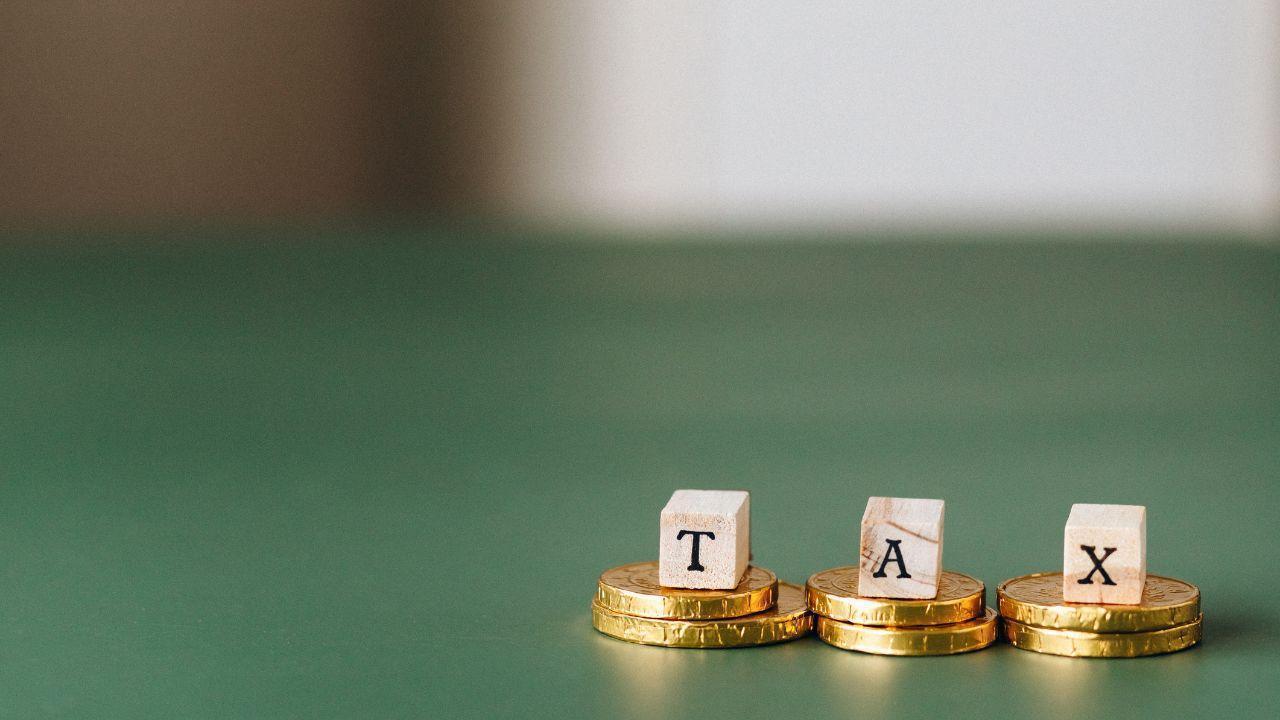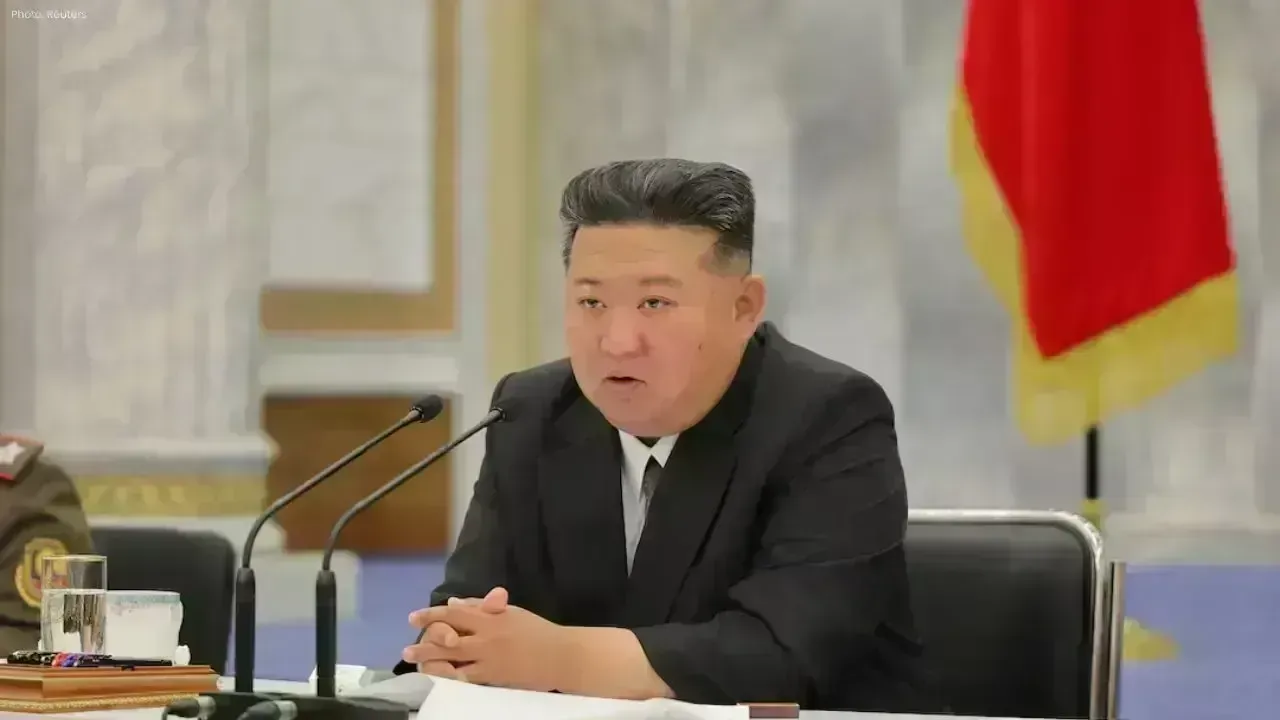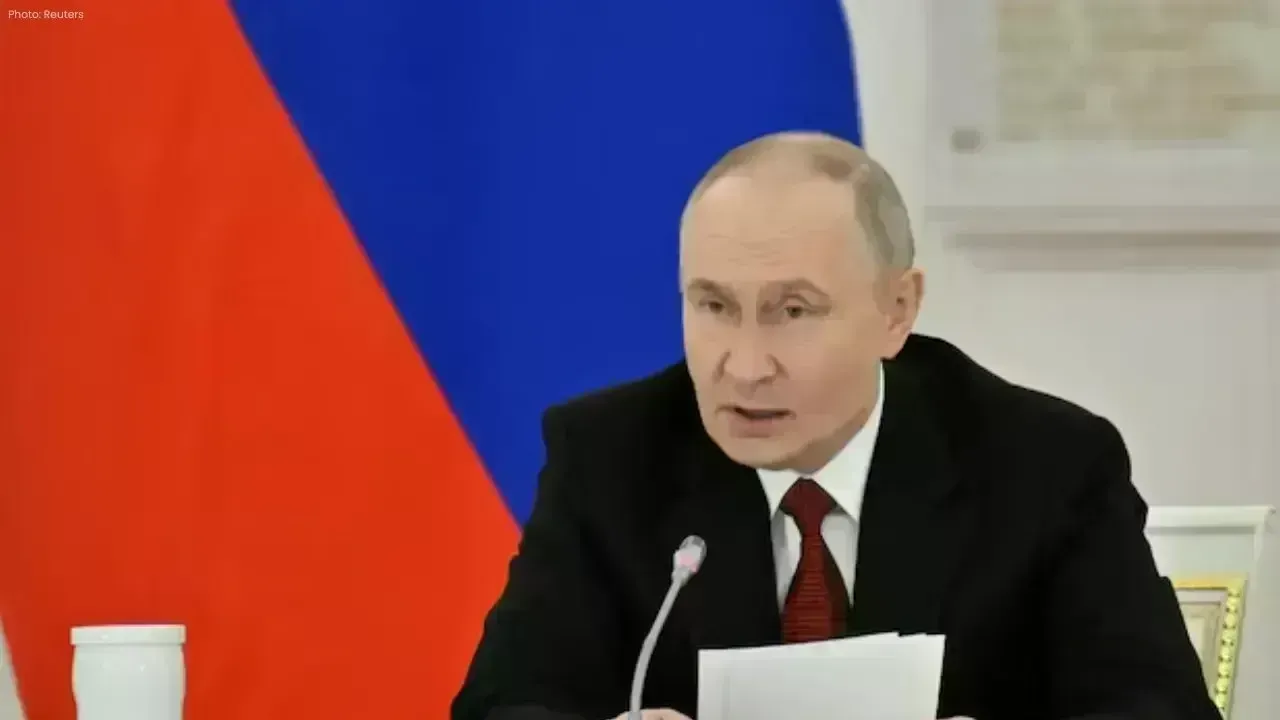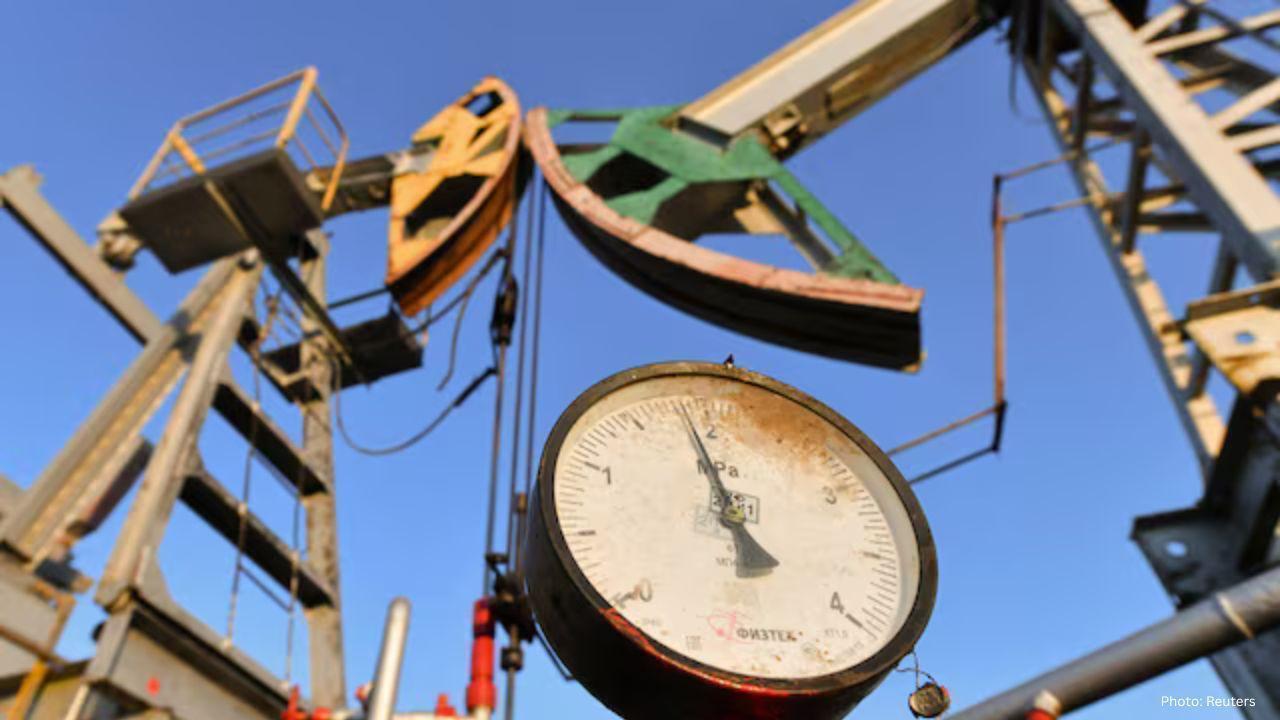You have not yet added any article to your bookmarks!

Join 10k+ people to get notified about new posts, news and tips.
Do not worry we don't spam!

Post by : Jyoti Gupta
India is preparing for what could become one of the most significant tax reforms since the launch of the Goods and Services Tax (GST) in 2017. Prime Minister Narendra Modi, addressing the nation on Independence Day from the Red Fort, promised that his government would bring forward a “next-generation GST regime” before Diwali this year. He described it as a “double Diwali gift” to the people of India—one that will reduce the tax burden, simplify compliance, and give a fresh push to the country’s economy.
The announcement has already set expectations running high among businesses, families, and economists, as it signals a major reshaping of how India’s indirect taxes are structured.
From First-Generation GST to Next-Generation GST
When GST was introduced in July 2017, it replaced a complicated system of central and state taxes, including excise duty, service tax, and value-added tax (VAT). Its aim was to unify India’s vast market under a single taxation framework and make it easier for goods and services to move across state borders.
While the GST rollout simplified the earlier patchwork of taxes, it still left behind multiple tax rates, compliance requirements, and ongoing debates about fairness. Currently, the GST system includes five main slabs:
* 0% – For essential goods like basic food items
* 5% – For items of mass consumption
* 12% – Mid-level rate covering a wide range of goods and services
* 18% – The most common rate, covering nearly half of all taxable items
* 28% – For luxury goods and sin products like tobacco
This complex arrangement has often been criticized by businesses and experts for creating confusion, increasing compliance costs, and discouraging spending.
The Big Change: Scrapping the 12% Slab
The centerpiece of the upcoming reform appears to be the removal of the 12% GST slab, which currently covers nearly one-fifth of taxable items. According to officials working on the plan, the goods and services under this slab will be redistributed between the lower 5% and the higher 18% categories.
The idea is simple: keep essential or widely used products in the cheaper 5% category, while shifting non-essential or higher-value products to the 18% bracket. By doing so, the government hopes to provide direct relief to households while ensuring that revenue losses are minimized.
This move will simplify the structure by reducing the number of slabs and make it easier for both consumers and businesses to understand.
Relief for Families and Small Businesses
The Prime Minister was clear in his address: this reform is designed to benefit ordinary families and small businesses. For households, lower GST rates will mean cheaper essential services and daily-use products. This comes at a time when inflation and global uncertainties have been putting pressure on family budgets.
For micro, small, and medium enterprises (MSMEs), the reform could be a major turning point. MSMEs often struggle with tax compliance, cash flow pressures, and narrow profit margins. Lower taxes will ease their costs, improve competitiveness, and potentially encourage more small businesses to enter the formal economy.
The Prime Minister emphasized that the reform would not only reduce taxes but also improve compliance by making the system simpler and more transparent.
Balancing Revenue and Growth
One major concern is whether lower taxes will reduce government revenue at a time when public spending needs are already high. However, economists point out that the real purpose of GST is not just collecting revenue but also stimulating economic activity.
A simpler and cheaper tax system is expected to encourage more people to buy goods and services, leading to higher sales volumes. As businesses grow and more transactions take place in the formal economy, the government could actually collect more revenue in the long term, even with lower rates.
In fact, India has already seen how better compliance can improve revenue. In recent years, GST collections have steadily increased as technology-based filing and digital monitoring have reduced tax evasion. The upcoming reform aims to push this trend further.
The Global and Domestic Context
The timing of the announcement is also crucial. Globally, India is facing challenges due to trade tensions, especially after U.S. President Donald Trump announced new tariff measures that are expected to disrupt international markets. Domestically, the economy has been searching for ways to maintain its growth momentum while dealing with inflation and global uncertainties.
By introducing a more people-friendly GST, the government hopes to boost domestic consumption, which is one of the strongest drivers of India’s economy. A festive-season tax cut, just before Diwali, could provide the right emotional and financial push to encourage spending, benefiting sectors from retail and manufacturing to services.
Consultations with States
Since GST is a shared tax between the Centre and states, any major reform requires consensus through the GST Council, which includes representatives from all states and union territories. The Prime Minister mentioned that extensive consultations have already been held with states, signaling that the groundwork for this reform has been carefully prepared.
This cooperative approach is necessary, as states rely heavily on GST revenue to fund their welfare schemes and infrastructure projects. Ensuring that states do not lose out on the reform will be a key part of the final design.
Expectations from Citizens and Markets
The Prime Minister’s announcement has already generated excitement among citizens, small shopkeepers, business owners, and market experts. For many, the promise of lower taxes during the festive season feels like an early celebration.
Retail associations are hopeful that cheaper products will bring more customers to stores, while industry groups believe that reduced costs will help them expand production. Economists are watching closely to see which items move to the 5% category, as that will determine the immediate consumer benefit.
The Road Ahead
The government is expected to release the detailed list of changes in the coming weeks. Items like packaged food, household appliances, personal care products, and some services could see major changes in their GST rates. What remains to be seen is whether luxury items or discretionary purchases will face higher taxes to balance the lower rates on essentials.
Regardless of the exact details, the reform is set to become one of the most important economic decisions of the year. It will not only affect prices in shops and markets but also shape how India’s tax system is viewed for years to come.
A Diwali Gift with Long-Term Impact
By calling it a Diwali gift, the Prime Minister has linked the reform with the spirit of celebration and prosperity that the festival represents. For millions of Indians, Diwali is a time to shop, renovate homes, buy new goods, and spend on family and friends. Lower taxes during this period could multiply the festival’s economic impact.
But beyond the festival, the reform is also about long-term growth and fairness. If successful, the “next-generation GST” could mark the beginning of a more balanced, citizen-friendly taxation era in India.










Thailand Defence Minister Joins Talks to End Deadly Border Clash
Thailand’s defence chief will join talks with Cambodia as border clashes stretch into a third week,

India Raises Alarm Over Fresh Attacks on Hindus in Bangladesh
India has condemned recent killings of Hindu men in Bangladesh, calling repeated attacks on minoriti

Sidharth Malhotra & Kiara Advani Celebrate Baby Saraayah’s 1st Christmas
Sidharth and Kiara share adorable moments of baby Saraayah’s first Christmas with festive décor and

South Korea Seeks 10-Year Jail Term for Former President Yoon Suk Yeol
South Korea’s special prosecutor demands 10 years for ex-President Yoon Suk Yeol on charges includin

Salman Khan’s Exclusive 60th Birthday Bash at Panvel Farmhouse
Salman Khan to celebrate his 60th birthday privately at Panvel farmhouse with family, friends, and a

Dhurandhar Breaks Records with Rs 1006 Cr, Becomes Bollywood’s Biggest Hit
Dhurandhar rakes in over Rs 1006 crore worldwide in 21 days, becoming Bollywood’s highest-grossing f